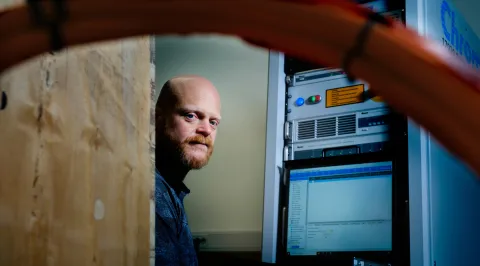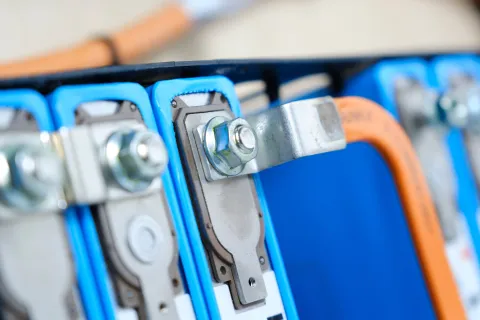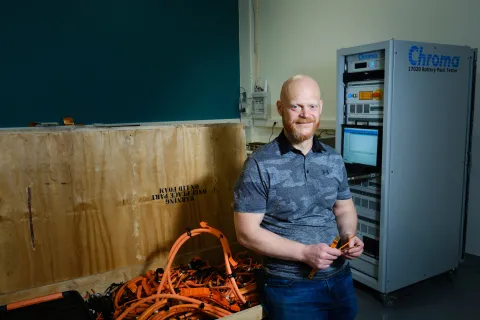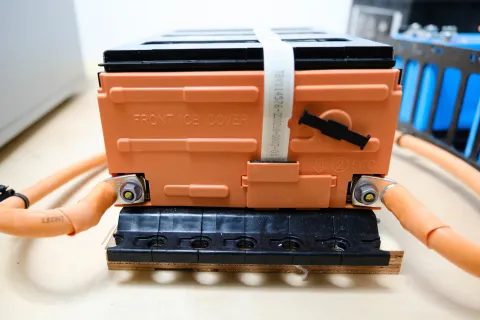
“We have an ethical obligation to get as much use out of batteries as possible, and once they are worn out, we should recycle the raw materials,” says Rúnar Unnþórsson, professor of engineering at the University of Iceland. He is now working on a fascinating study looking at battery recycling and, together with his students and in close collaboration with the startup company Alor, exploring how used EV (electric vehicle) batteries can be given a new purpose.
This includes batteries from vehicles that have been in collisions, as well as batteries that have stopped working due to age or even been recalled from manufacturers. EV batteries in Iceland are expected to last around 12-15 years. However, this depends on several factors, including usage, charging, discharging, and quality.
“The idea we are working on is taking the EV batteries apart. These batteries are made up of many small cells. We can measure the cells to determine their condition. We can then group together the cells that are in a similar condition, i.e. filter out the ones in poor condition and use the ones in good condition to make new batteries.”


